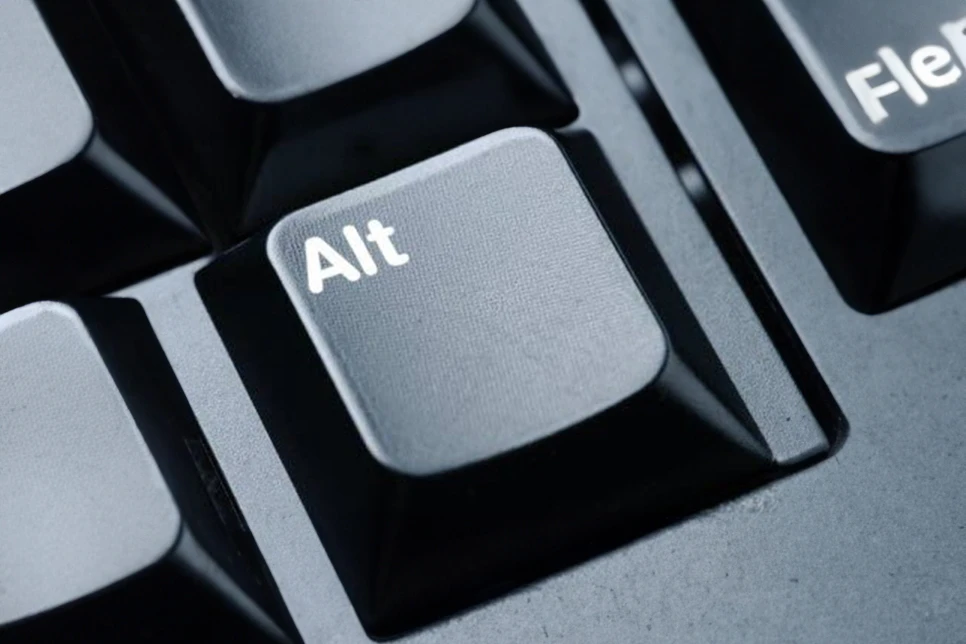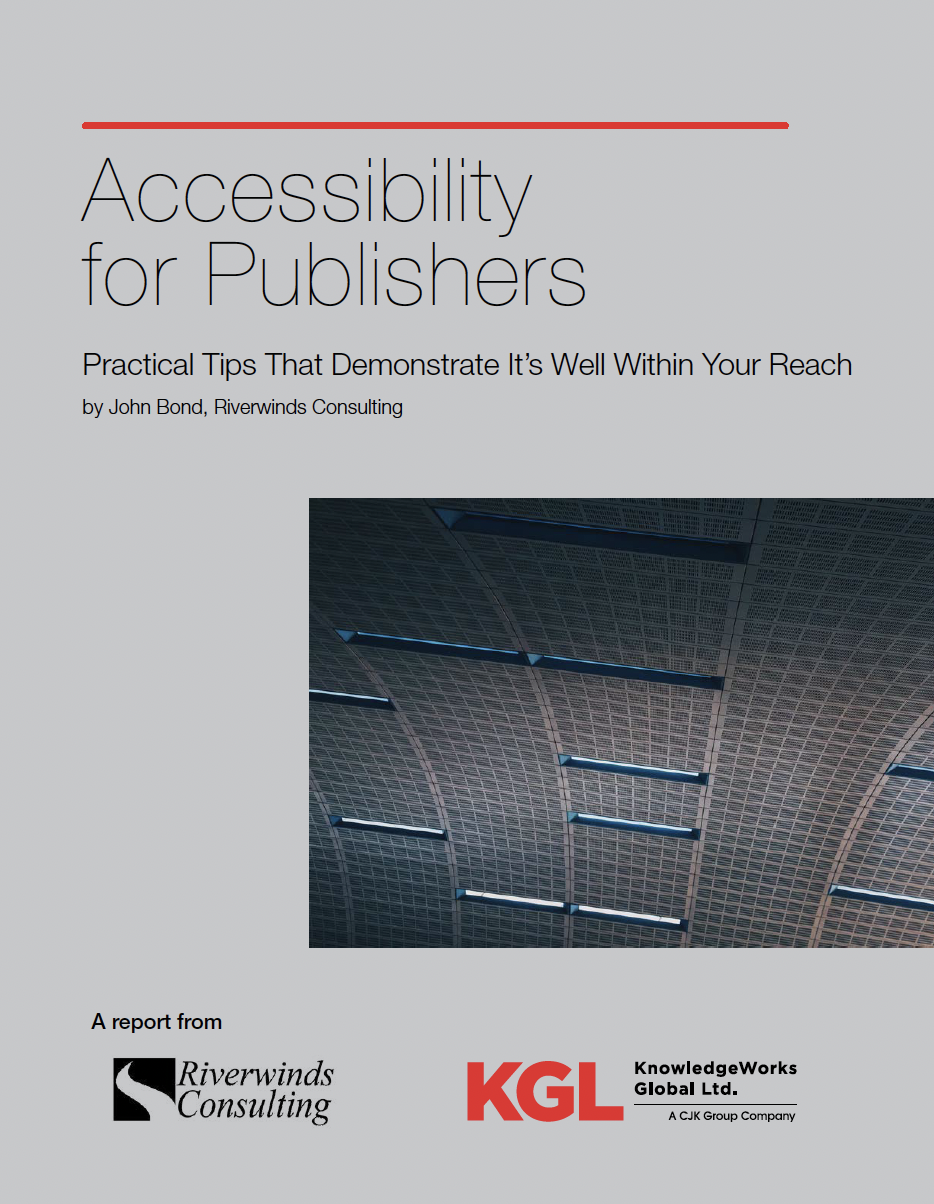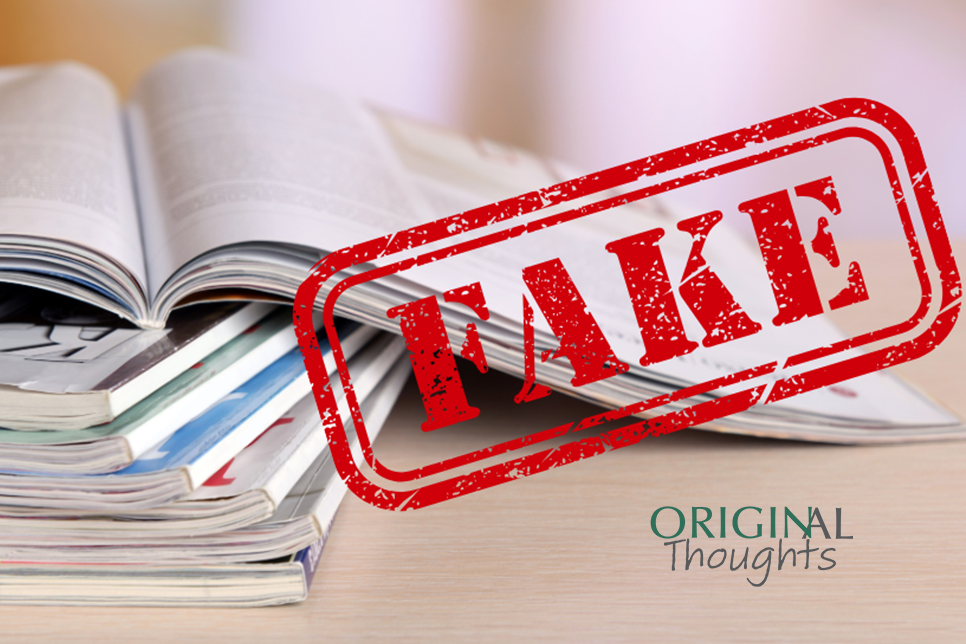by KnowledgeWorks Global Ltd.
In recent years, Alt Text—a contextual description that conveys information on the appearance and function of an image or graphic in digital content—has become a hot topic for publishers. A common practice in education publishing where accessibility standards come in to play, there has been a wider awakening regarding the art and benefits of applying effective Alt Text for publishers and authors, particularly in the STM domain.
Studying up on Alt Text, also confusingly known as “Alt Tags”, “Alt Attributes” and “Alt Descriptions”, should be a priority for publishers of all shapes and sizes. While many refer to the challenges involved in getting it right, publishers shouldn’t be intimidated by the basics, but rather begin to apply image accessibility as part of a successful online content strategy.
A no brainer
The perceived benefits of good Alt Text application are increasingly acknowledged and manifold. The first point, which is one that we recently referenced in our Accessibility for Publishers report, is that good Alt Text increases the audience for online content. Effective image descriptions can help publishers to achieve digital equity and make a big difference to readers with visual and cognitive impairments and disabilities. Not only does it help to level the playing field in terms of providing better access to content for all, but it also emboldens publishers to expand their reach, given that 1.3 billion people globally are classified as visually impaired.
The second significant benefit is that Google tends to look upon quality Alt Text favorably. In fact, the search engine’s results pages (SERPs) now return just as many image results as they do text results. This means that publishers who go the extra step of ensuring that good image descriptions are embedded within their ebooks, journals and other content, can gain competitive advantage by boosting traffic to their sites, improving their SEO ranking and increasing discoverability.
Missing a trick?
In a recent interview with Scholarly Kitchen, Caroline Desrosiers and Huw Alexander, the founders of textBOX stated that “image description is a powerful marketing and discoverability tool that is too often overlooked”. Interestingly the pair cite a WebAIM survey, which found that an astonishing 57 percent of publishers’ website homepages contained either “missing or poor quality” Alt Text image descriptions.
These findings highlight the widespread perception that most publishers are either embedding Alt Text that falls well short of Google’s basic requirements, or completely ignoring image descriptions altogether. Either way, they are currently failing to exploit the largely untapped potential of Alt Text, and in doing so not realizing the full potential of their digital content.
Taking responsibility
Alt Text is not as easy as one might presume. There is an art and science to getting it right and knowing what constitutes good and bad image descriptions. The task of writing code and embedding accurate image descriptions within online content often falls to the most tech savvy staff within a publishing house, or those responsible for uploading digital content. And, in the case of most publishers, this process tends to happen at the very end of the digital workflow, when content is just minutes away from being published
The main problem is that production and conversion specialists may not actually be the best qualified to create Alt Text on a given topic, and the very end of the workflow may indeed not be the best stage at which to implement it. Authors may not be open, aware or inclined to learn about what makes good Alt Text. While they are among the most qualified when it comes to understanding the wider context of an image or graphic featured within their work, they aren’t necessarily immersed in image description best practices for user experience and discoverability
This is why robust Alt Text should become a more integral part of a publisher’s strategy. Publishers who collaborate with authors and accessibility experts to ensure they get accurate image descriptions at an early stage in the publishing lifecycle—and can then use their in-house tech expertise to convert the descriptions into “Good Alt Text”—will surely be best positioned to serve their authors and readers.
KnowledgeWorks Global Ltd. (formerly Cenveo Publisher Services) is the industry leader in editorial and production services for every stage of the content lifecycle. We are your source for intelligent automation, high-speed publishing, accessibility compliance, digital learning solutions and more. Email us at info@kwglobal.com.






